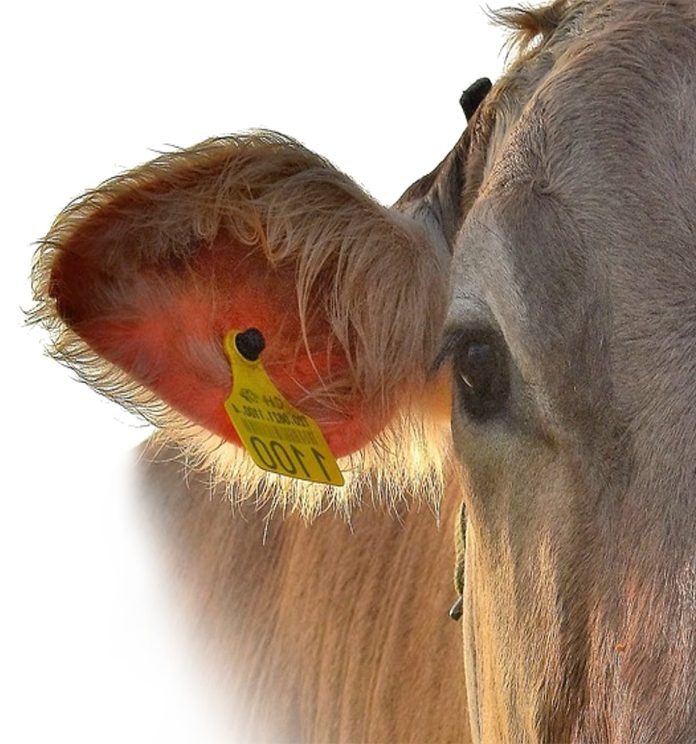According to research done by consulting firm Deloitte, meat consumption in the USA is on the rise. Consumption will reach 545 million tons by 2050 up from 367 in 2015. There will be a continuous demand for ways to help the livestock farming industry be more productive. IoT and sensors can be used to help improve three key areas.
- Help livestock to produce offspring more efficiently
- Track livestock as assets to minimize loss
- Manage livestock health
Owners of cattle farms are interested in helping cattle deliver calves as efficiently as possible. One way to do this is to monitor the body temperature of a female cow so that the optimal time to get pregnant can be detected. One standard way to do this is to combine the technology of a temperature sensor and a wireless protocol such as the lower-power LoRaWAN. The sensor unit is inserted inside the body of the cow. This needs to be done just once because the low-power requirement of LoRaWAN ensures that the battery will last close to 10 years — longer than the seven-year average lifespan of a cow. The measurement data is sent to the server infrequently, say, every 15 minutes. By tracking the temperature profile, the farm workers will have the best chance to help the cows to get pregnant.

In the case of tracking cattle, a low-cost approach such as using radio frequency ID tag (RFID) is used to track the cattle in and out of the cattle range. If cows are herded for feeding, an RFID tag installed on the cattle will indicate if the cattle have left the range. The most recent technology features a battery-less RFID which will harvest the needed energy emitted from the wireless reader to send back the data required.
One example of how technology can be used to monitor animal health is Nanotron’s swarm bee, a sophisticated solution that provides real-time location tracking. Together with analytic software, the farm manager can track the location and movement of the cows. For example, the system can keep farmers informed regarding the health of their animals. When a cow is getting sick, it will not move as frequently or stick to its regular eating pattern. Additionally, the system will monitor when an animal is wandering away into unallowed areas. Nanotron’s embedded platform combines two wireless technologies — UWB and Chirp. Chirp supports up to 500-meter radius with 1-meter accuracy. The ultra-wide band (UWB) supports a much shorter distance of 15-meter radius but with 10 cm accuracy. These two technologies work together seamlessly, and the battery life of this low-power solution will last multiple years. Typically, a sensor with built-in GPS capability, antenna, a battery, and housing are integrated into ear tags convenient for cows to wear. Figure 1.
Conclusion
The description above is an indication of how IoT, smart sensors, and analytics will be able to improve the productivity of livestock management. Tracking locations, temperature and clock-in and out are just the beginning. As demand for meat consumption increases, new technologies will be available to help solve new problems. The basic formula includes smart sensors, low-power wireless technology, software analytics and the convenience of compact design.

